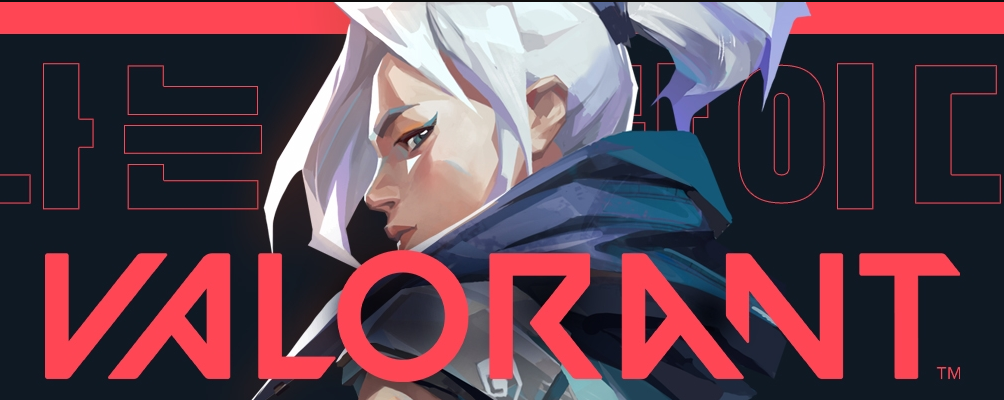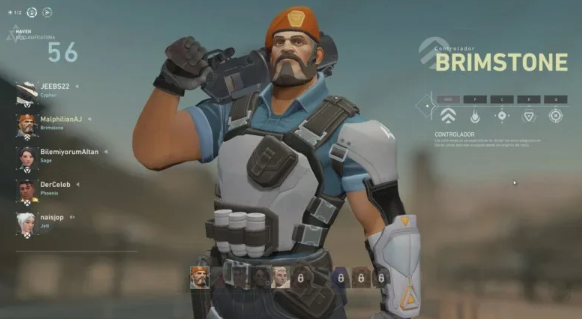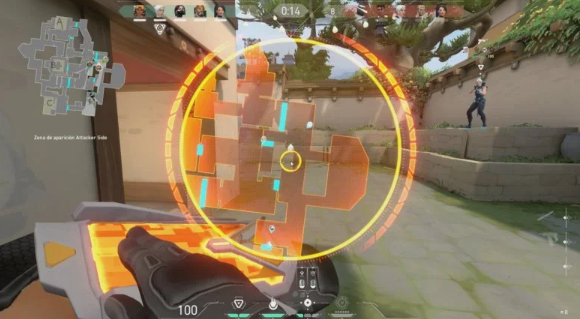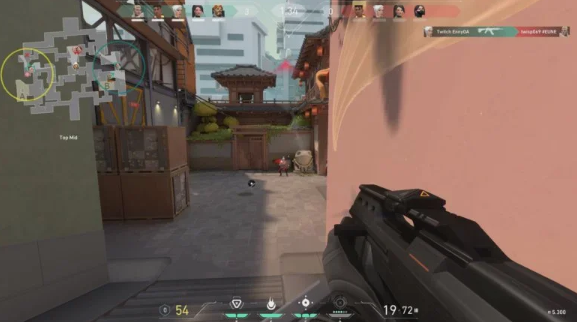The new shooter from the creators of League of Legends

There is an implicit rule that jumps like a spring in my head whenever I sit down to clarify what I mean when I have to transmit something about a particular video game: value it for what it is and not for how much it resembles other titles already known within of the industry.
However, the systems offered by Valorant have forced me to make an exception for two reasons. First, because their inspirations in a specific work are many and very clear and, secondly, because they are honestly shown to the player: the virtues of the new Riot Games are great enough not to deny that they already reinterpret mechanics known.
My first surprise came when, when seeing the first official gameplays of the game, Valorant showed to move away much more than he thought of Overwatch to adhere to Counter-Strike; two titles that use totally different philosophies when facing the same competitive experience, the first being complicated to understand but simple to play and the second just the opposite of the latter.
The new Riot Games is tremendously easy to understand on paper, but really hardcore on the war front itself.
And, if I say this, it is because of the idea that Valorant uses systems that we can already see in Counter-Strike and that, apparently, are much simpler than they later become: arms purchases between rounds, Maps made up of a strategically designed conglomerate of corridors, or the objectives focused on putting (or preventing, depending on which side we belong to) a bomb at a specific point on the stage.
However, Valorant has an ace up his sleeve that he inherits from Riot's magnum opus and the expertise with which the company has been designing systems for the latter. Mainly, because what a few lines ago was the Riot Games shooter, it will go on to become the Riot Games hero shooter thanks to this. We see it in the heroes and heroines and in their differentiation by roles within the game; we see it in the typical structure of primary, secondary, supportive and definitive ability; and we see it in the synergy that arises between the members of a team when they make use of some of them in a coordinated way.

But, in a twist of events that only takes place when you expect a thing from a title and everything changes radically from a slap when you play it, Valorant demonstrates that the balance he initially presents between half the shooting and the guns and the other half of the skills and synergies will end up opting for the first: the new Riot Games is a demanding product in terms of marksmanship and in terms of handling the purchases we make between rounds. Thus, skills are relegated to the background in which they become a resource of support rather than the engine of confrontations.
But that the latter does not make you think that the skills of each character are not decisive in a duel against other players, since the same game is responsible for transmitting the great value that they have in games through a specific mechanic: the Abilities have charges that must be bought in the store, as with weapons; a sense of usefulness that is greatly enhanced as you play more and more you realize that the same skill has a wide range of uses: from plugging a corridor to confirm an offensive more safely to cover an escape from a dangerous situation, passing through exercising some control over a specific area by chasing away enemies from the terrain.

The playable arrangement that Valorant offers through its various heroes and champions generates another key that defines it: the different characters do not have the same options in a situation that will be identical for all of them or, in other words, each agent offers a slightly different way of playing than others; although the numbers and figures that Valorant has in terms of the content it offers in this sense seem somewhat scarce initially (although we must bear in mind that this is a closed beta).
17 weapons divided into 4 types, 10 agents grouped into 4 roles and 3 maps are the 5 numbers that Valorant manages in terms of main content within the closed beta; Although it is true that Riot Games has wanted to decorate them with the typical progression systems that are summarized in the possibility of completing daily and character missions to obtain rewards of a purely cosmetic nature.

What could have become a work that makes too obvious use of the systems that we already find in another referent is transformed with each game into a competitive proposal that gives an honest turn to the well-established bases of a genre. Valorant has a huge projection for the future thanks to the expectations it generates regarding what it could become.
Although it is true that this closed beta has already served us to enjoy for a good handful of hours of such an attractive experience that is born between the claim of our ability and the frustration at failure; between something that is perfectly understood but difficult to master; between the sigh of air of relief that emerges from our mouths when winning a commitment round and the cry of frustration when losing one that was already on the way to achievement.

When you say shooter, I think:
jejejejje